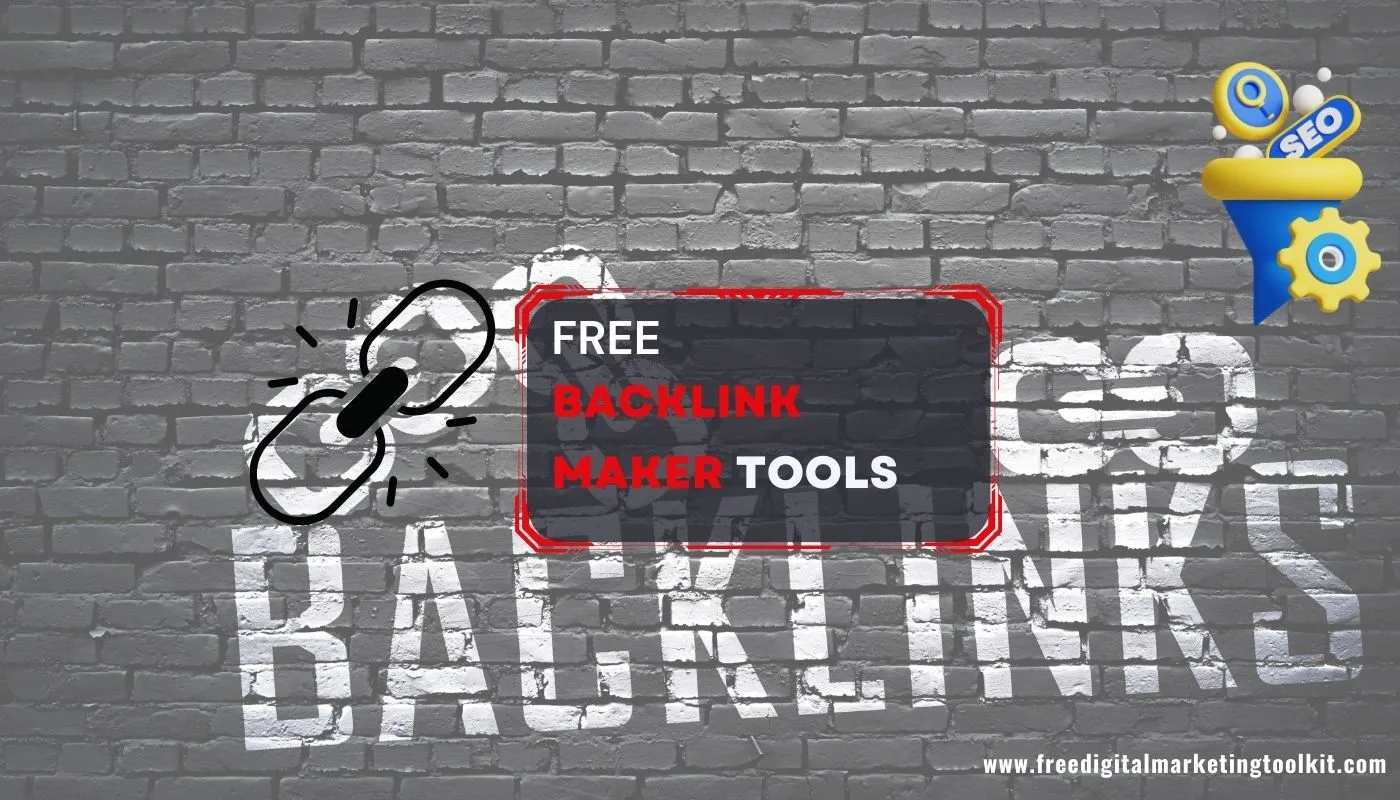
Google Ads has become an indispensable tool for businesses aiming to reach their target audience effectively. With millions of advertisers vying for attention, it’s crucial to have a well-structured and optimized Google Ads campaign. This article serves as a comprehensive checklist to help you create and manage successful Google Ads campaigns that drive traffic, conversions, and business growth.
Defining Goals and Objectives
The first step in any successful Google Ads campaign is defining clear goals and objectives. Determine what you want to achieve through your campaign – whether it’s increased website traffic, lead generation, product sales, or brand awareness.
Identifying Key Performance Indicators
Outline the key performance indicators (KPIs) that align with your goals. These might include click-through rate (CTR), conversion rate, cost-per-click (CPC), return on ad spend (ROAS), and more.
Audience Research and Segmentation
Understanding your target audience is essential for creating compelling ads that resonate with potential customers.
Conducting Keyword Research
Use keyword research tools to identify relevant and high-performing keywords. Focus on long-tail keywords to target specific user intent and reduce competition.
Utilizing Audience Insights
Leverage Google Analytics and other data sources to gain insights into your audience’s demographics, interests, and behaviors. This information will help you segment your audience effectively.
Crafting Engaging Ad Copy
Compelling ad copy is the cornerstone of a successful Google Ads campaign. It should be concise, persuasive, and tailored to the target audience.
Using Persuasive Language
Incorporate power words and action-oriented language in your ad copy to encourage users to take action.
Highlighting Unique Selling Proposition
Clearly communicate what sets your products or services apart from the competition. Emphasize your unique selling proposition (USP) to attract potential customers.
Optimizing Landing Pages
A well-optimized landing page can significantly impact your campaign’s success. Ensure that the landing page is relevant, user-friendly, and aligned with your ad copy.
A/B Testing
Conduct A/B testing to compare different versions of your landing page and identify which one performs better.
Mobile-Friendly Design
With the majority of users accessing the internet through mobile devices, it’s crucial to have a responsive and mobile-friendly landing page.
Setting Budget and Bidding Strategy
Allocate your budget wisely to maximize the return on investment (ROI) of your Google Ads campaign.
Daily and Monthly Budgets
Determine the maximum amount you’re willing to spend daily and monthly on your campaign.
Choosing Bidding Strategies
Select the appropriate bidding strategy based on your campaign goals – whether it’s maximizing clicks, conversions, or ROAS.
Monitoring and Tracking Performance
Regularly monitor the performance of your Google Ads campaign to identify areas for improvement.
Utilizing Conversion Tracking
Implement conversion tracking to measure the effectiveness of your ads in driving valuable actions.
Analyzing Search Terms
Review search terms that trigger your ads to refine your keyword list and reduce irrelevant clicks.
Ad Extensions
Enhance your ads’ visibility and functionality with ad extensions.
Sitelink Extensions
Include sitelink extensions to direct users to specific pages on your website.
Call Extensions
Add call extensions to encourage users to call your business directly from the ad.
Conclusion
Creating and managing successful Google Ads campaigns requires careful planning, research, and optimization. By following this comprehensive checklist, you can increase the effectiveness of your campaigns and achieve your advertising goals.
FAQs
Q: How much does Google Ads cost?
A: Google Ads operates on a pay-per-click (PPC) model, so you only pay when someone clicks on your ad. The cost varies based on factors such as competition and bid amount.
Q: Can I target specific locations with Google Ads?
A: Yes, Google Ads allows you to target specific locations, whether it’s countries, cities, or custom-defined areas.
Q: What are the best practices for writing ad copy?
A: Write ad copy that is concise, persuasive, and aligned with your target audience’s needs and interests.
Q: How can I improve my Quality Score?
A: To improve your Quality Score, focus on creating relevant and high-quality ad campaigns that align with user search queries.
Q: Is it possible to pause or stop Google Ads campaigns?
A: Yes, you can pause or stop your Google Ads campaigns at any time through the Google Ads platform.









